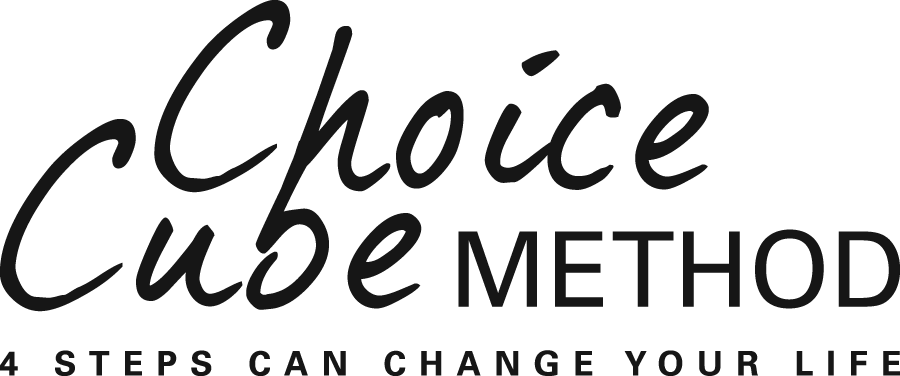Are You A Slave To Your Reactions!
/ Todd and Claire are fighting. He’s angry... furious. He can’t seem to make Claire understand how her complaints hurt him. Claire is bewildered. She did not complain. She simply mentioned to Todd how important it was to finish painting the bathroom.
Todd and Claire are fighting. He’s angry... furious. He can’t seem to make Claire understand how her complaints hurt him. Claire is bewildered. She did not complain. She simply mentioned to Todd how important it was to finish painting the bathroom.
What’s going on here?
Maybe Todd's reality is distorted. Like you and me, Todd has his own way of seeing things—his “reality.” Now, no one sees reality perfectly. We all have a reality that is colored by what has happened to us and by what we think will happen to us. But in this case, Todd's reality is twisted. You'll find out why later.
To begin, let's get clear that when we pay attention to something (OUR FOCUS), we automatically attach our own special way of how we see that person, thing, or problem. This is the MEANING WE ATTACH.
The meaning we attach, real or not, stirs up feelings of pain or pleasure, threat or no threat. And our body responds accordingly by stressing or relaxing. Let's call this BODY REACTIONS.
Emotions are signals from our body and they deterine our behaviors. What happened is this. In every experience, our mind sends information and energy through out the body and brain. If we pay attention to what is happening in our body, we can label those feelings as EMOTIONS. Now, if know how, we can release our stress and emotions safely and appropriately (without hurting ourselves or others) and choose how we prefer to act--our behaviors.
Here's the bottom line. If Todd, you, or I, stay aware and take responsibility for what we think, feel, and want, we create choice. We can choose to listen to our body and label its signals of angry, feaful, or shame-filled emotions. Then instead of going on auto-pilot and inappropriately trying to avoid or control the person, thing, or problem, we can choose to work with an issue and resolve it. We can choose to act in our best interests and the best interests of others.
But...is Todd a slave to his reactions? Let’s see what Todd does with his reactions: his focus, the meaning he attaches to it, his body responses, emotions, and behaviors.
Todd focuses on Claire’s statement, "It's important to finish painting the bathroom." Note, he doesn’t question or share his “reality” that he thinks she is criticizing him. No. Instead, he automatically attaches a negative meaning to her simple observation. The meaning her attaches stirs up old body stress responses—signals of the painful emotions of shame and anger--that he felt as a kid when his mother criticized him.
Because Todd fails to stay aware of his reactions and take responsibility for what he thinks,and feels, he flips into control mode and starts raging.Todd misses the opportunity to discuss the matter rationally with Claire. Instead, because of the meaning he attaches and his failure to take responsibility and release his stress, hurt, and anger, he goes on auto-pilot. Once on auto-pilot, he seems doomed to react the same unreasonable way he has so many times before, with anger.
At this moment, no matter how hard Claire tries to reason with him, Todd will not be able to hear or understand her. Also, each time he goes on auto-pilot this way, he increases the likelihood that he will react the same way the next time he misunderstands her.
Here's one way to work with your reactions. At times, we all try to inappropriately avoid or control things. What do you usually do? In her book, Become the Person You Were Meant to Be, Dr. Beth Cujé sets forth tools and steps to give you choice and help you change your reactions. You can download its first chapter for FREE. Just click here Choicecube.com Choicecube.com and get an idea of what the Choice-Cube Method can do for you. You can retrain yourself, change and grow, and engage life more fully. (Copyright Dr. Beth Blevins Cujé 2011)

